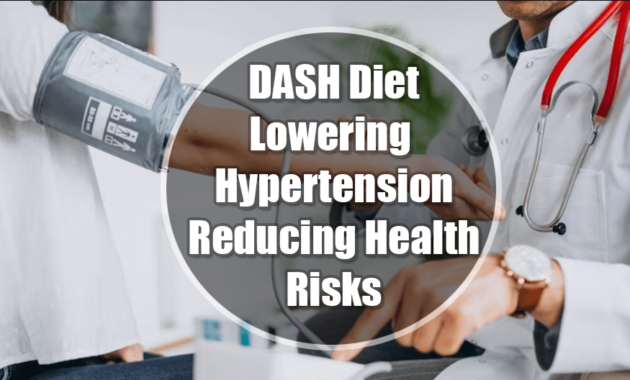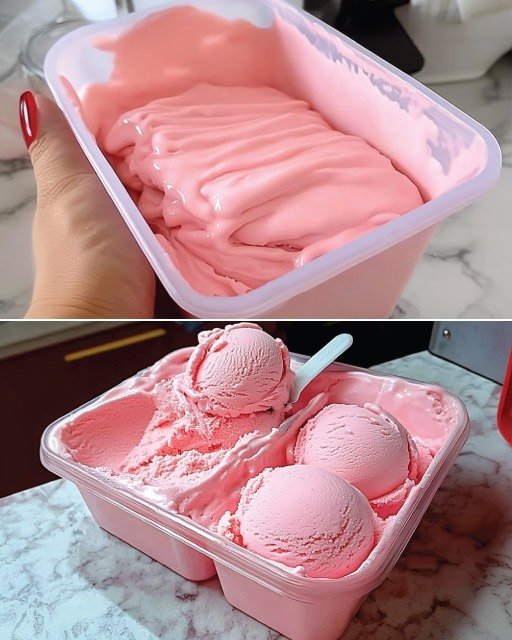There are so many out there, and news is constantly popping up. You never know if that new fad diet will work or what the long-term effects will be. If you are worried about the implications of your diet, look at the DASH diet. This diet has been promoted by the National Heart, Lung, and Blood Institute, so you know it is good for you.
The DASH diet is mainly aimed at people with hypertension because this is something that you need to reduce. If you think that this means you cannot DASH, think again. Hypertension or high blood pressure is prevalent, and you could benefit from the diet.
It is possible to have hypertension for years and never know about it. Not having symptoms does not stop the damage that is being done to your heart and blood vessels. The only way to do this is to reduce your hypertension, and one of the best ways is to change what you eat.
If you have seen a doctor and know you do not have hypertension, you can still DASH. The DASH diet does provide a lot of other benefits not related to your blood pressure.

Many people use this diet as a means of weight loss. Some studies have looked into the effectiveness of this diet for weight loss and found some positive results. Other than these benefits, why should you care about the DASH diet?
If these benefits have yet to sell you on the diet, the ease of following it may be. DASH is one of the easier diets to follow, and it can be a lot of fun. No more dreary months of restricted food when you are on this diet.bSo, you want to try the DASH diet. You have looked on Pinterest and seen some fantastic recipes and decided that, yes, this is the diet for you. That is great!
All you need to know is everything else about the diet, and you need to understand everything. Never start a diet without learning about it first.
So, what is the DASH diet?
DASH stands for Dietary Approaches to Stop Hypertension, which takes a lot longer to say. The National Heart, Lung, and Blood Institute formulated and promoted the diet, which is part of the US Department of Health and Human Services. Why would the government create and promote a diet?
Hypertension.
The American Heart Association states that more than 100 million Americans have hypertension. This is a significant problem because of the severe health risks that are associated with this. In fact, between 2005 and 2015, the death rate associated with hypertension has increased by 11%!
Hypertension or high blood pressure usually develops over several years. It is also reasonably easy to detect, even if you do not have obvious symptoms. Catching and reducing hypertension early is essential to avoid some severe heart attacks and stroke conditions.
The problem is that most people do not have symptoms of hypertension even when their blood pressure is insanely high. Some people have symptoms, including shortness of breath, headaches, and nosebleeds. These symptoms don’t often appear until your blood pressure has reached serious or life-threatening levels.
How will you know you are at risk if there are no symptoms?
When you go to the doctor, do you ever wonder why they keep taking your blood pressure? The answer is to check for high blood pressure. If your doctor does not take your blood pressure when you see them, you can ask them to do this.
There are a lot of risk factors for high blood pressure that you need to know about. A family history of hypertension is essential because it increases your risk.
Your age also plays a role, with older people being more at risk than younger people. Being overweight or obese also increases the chances, along with a lack of physical activity. So you need to watch your diet and get out more.
Your overall diet will also play a role in increasing the risk factors of hypertension. You increase your chances of hypertension if you have too much sodium and too little potassium in your diet. Drinking too much alcohol is also a significant issue.
Many of these risk factors can be mitigated by changes to your lifestyle. Getting more exercise, less stress, and losing weight will all help. Changing your diet can often be the easiest way to lower your hypertension and the risks of hypertension.
If you do not take hypertension seriously, you are in for some serious health risks. Uncontrolled hypertension can lead to a heart attack or stroke. It has also been linked to aneurysms because the pressure on the blood vessels weakens them and forms an aneurysm. If this ruptures, it can be life-threatening.
Metabolic syndrome is a cluster of metabolism disorders linked to hypertension. The conditions that make up this syndrome increase your risk of heart disease, stroke, and diabetes.
There are also risks of dementia with hypertension. Blocking and narrowing your blood vessels will restrict blood flow to the brain, leading to vascular dementia.
Now that you are nervous about hypertension, you may feel more motivated to do something about it. The question is, what?
The DASH diet is one of the most straightforward steps you can take to reduce hypertension and the risks associated with it. Adjusting what you eat will help you lower the chances of hypertension and feel much better.
The DASH diet works by reducing the amount of sodium that you have in your diet. You will also eat foods that provide all the necessary nutrients to lower your blood pressure. These foods will be high in potassium, magnesium, and calcium.
When using DASH to reduce hypertension, there are two variations that you can choose from. The first is the standard DASH diet that allows you to ingest 2,300 milligrams of sodium daily. The second is the lower sodium DASH diet, which, as the name suggests, allows you even less sodium at up to 1,500 mg per day.
Choosing the suitable variation is essential, and dietary guidelines will recommend the standard DASH diet for most people. The American Heart Association only recommends the lower sodium DASH for people with severe hypertension, which is the upper limit for adults.
By reducing the amount of sodium you ingest, the DASH diet will reduce the risk factors for hypertension. Increasing other nutrients, such as potassium, will lower the risk factors. Of course, it is essential to note that the DASH diet alone may not be enough to mitigate all the risks.



